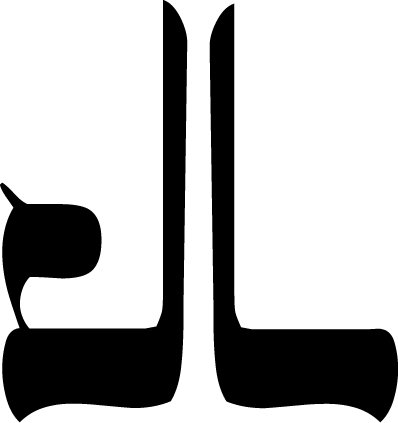yiddish suite
Duration ca. 15' (2010)
Violin and Piano
or
Clarinet, Viola, and Piano
View Score
LISTEN
Commissioned by Dr. & Mrs. Claude Chemtob.
Premiered by Gil and Orli Shaham, JCC of Greater Washington, Rockville, MD, April 10, 2011.
Other performances: Gil & Orli Shaham, 92nd Street Y, New York, NY, April 16, 2011; Andrea Albert & Blanka Bednarz, Dickenson College, Carlisle, PA, September 7, 2014.
Program Note
In April, 2011 at the Greater Washington DC Jewish Community Center, the renowned violinist Gil Shaham and his sister, pianist Orli Shaham played the premiere performance of Jonathan Leshnoff’s Yiddish Dance Suite. It was also performed a week later at the 92nd Street YMHA in New York. It had been commissioned by Mrs. Linda Shapiro Chemtob and Dr. Claude Chemtob in honor of the marriage of Mrs. Chemtob’s daughter, Rachel Shapiro, to Christopher Grymes. The newlyweds, both professional musicians, and Mrs. Chemtob asked Jonathan Leshnoff to adapt the Yiddish Dance Suite for clarinet, viola, and piano. Though this work was written for Mr. Shaham, this special arrangement captures the essence of the original work. This was Linda Shapiro Chemtob’s last commission. She died just before the New York premiere of the original Yiddish Dance Suite.
Jonathan Leshnoff and Gil Shaham first met in April 2010, when Jonathan Leshnoff’s new orchestral work Starburst was performed by the Baltimore Symphony Orchestra and its music director, Marin Alsop; also on that concert program, Shaham performed the Stravinsky Violin Concerto. In the course of a post-rehearsal conversation, Leshnoff, who had admired Shaham’s playing for many years, said to his colleague, “Gil, I’d like to write a piece for you,” to which Shaham assented without hesitation. “It occurred to me,” says Leshnoff, “when Gil suggested I write a suite, that I had never composed any music on Jewish themes. But here we were—I’m Jewish, Gil’s Jewish—it seemed natural.”
Several months later, in January 2011, Leshnoff completed the score of Yiddish Dance Suite. The work comprises “some Chassidic tunes, some Sabbath themes, and,” says Leshnoff, “some that I made up ‘in the style of.’ ” As a violinist himself (“I got as far as the Mendelssohn Concerto at age eighteen and then put the violin aside,” he says), Leshnoff has an excellent sense of the instrument’s possibilities.
The entire Yiddish Dance Suite comprises five movements; numbers 1, 3, and 5 (“Schicker Tanz,” “Yiddishe Zach,” and “Der Rebbes Tanz”) are lively, and numbers 2 and 4 (“Shalom Aleichem” and “Der Rebbes Niggun”) are slower and more lyrical. All capture the qualities of Jewish liturgical and secular music as expressed inimitably by the violin. “The fourth movement,” says Leshnoff, “the ‘Rabbi’s Niggun,’ introduces themes that are taken up again in the fifth, the ‘Rabbi’s Dance.’ ” This trio arrangement adheres closely to the original as Leshnoff divides one virtuosic line for the violin part into two separate lines for the clarinet and viola. The two slow movements, however, are arranged as duos between a solo instrument and piano.
